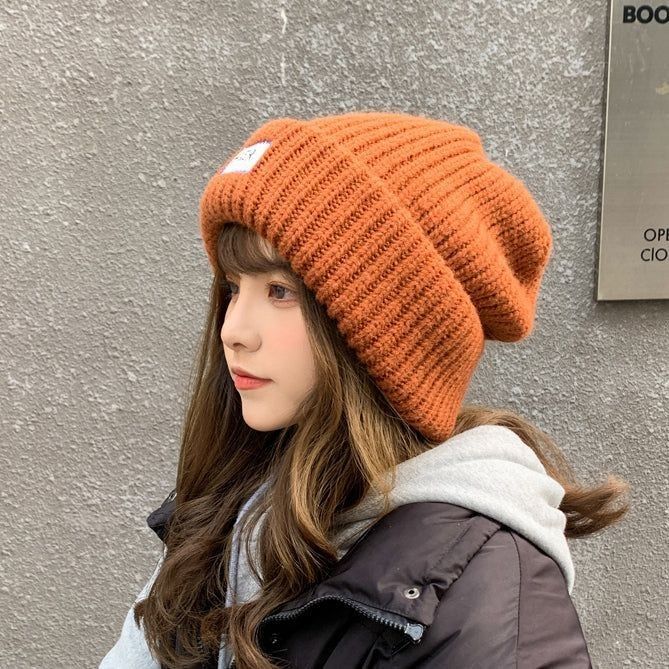A chef’s hat – that iconic white professional in a toque – speaks volumes. It isn’t merely headwear; rather, it represents dedication, training, moreover authority within kitchens everywhere. To understand this symbol is to glimpse the history, knowledge, then obligations shaping accomplished cooks globally.
The Symbolism Behind the professional in a toque
For ages, cooks have donned the tall white hat – a symbol signifying not merely what they wear, yet also their skill, cleanliness, alongside the esteem they’ve earned among fellow culinary professional in a toque. A chef’s tall hat isn’t just for show; its size historically signaled rank – the taller the hat, the more experienced the cook, frequently the head chef commanding the kitchen. People believe each pleat symbolizes a cooking skill earned, like knowing countless egg preparations.
A chef’s professional in a toque hat isn’t just headwear; it signals expertise alongside self-control. Consequently, it shows devotion to cooking – a pledge to quality in each creation.
The Journey to Becoming a Professional in a Toque
Becoming a chef isn’t instant – it demands patience, commitment, moreover an eye for precision. People generally begin through culinary education or climbing the ranks in restaurants. Throughout this journey, they gain abilities such as teamwork, mentorship, likewise creative problem-solving.
Someone who cooks for a living needs to be good at:
- Good cooking starts with knowing how to use a knife. It’s that simple.
- Knowing how to make sauces – from a smooth velouté to rich hollandaise – shows real cooking skill.
- Keeping food safe requires careful work; spotless conditions are essential.
- Creating food – dishes look good, taste amazing, yet still earn money.
- Guiding cooks effectively, keeping spirits high even when things get hectic.
Training reshapes cooks – they become pros who manage kitchen bustle coolly, wearing their chef hats with assurance.
Professionalism Beyond the Plate

A chef’s hat signifies more than just cooking talent – it also means integrity, collaborating well with others, moreover guiding a team. Real cooks do more than prepare food – they ignite passion. Knowing a place delivers reliably good meals builds its name.
Someone who cooks professional in a toque doesn’t just make meals; they nurture future talent – teaching skills, passing on knowledge, building reverence for cooking’s history. Consequently, their impact reaches diners, coloring every aspect of the meal, even the welcome.
Chefs don’t just follow what’s new; they honor tradition too. They might experiment with inventive cooking – like foams or locally grown ingredients – however, a skilled cook always remembers the basics.
Culinary Discipline and Creativity
A chef’s hat signifies more than just rank; it embodies a blend of precision alongside artistry. Each plate needs flawless execution, nevertheless retains a personal touch. It represents both control because of rigorous demands, however also freedom to innovate inside established culinary boundaries.
Kitchens demand order; schedules, setups, conversations maintain flow. Still, chefs discover space to create – playing with feel, taste, presentation so meals delight those who eat them, those who review them.
The Role of a Professional in a Toque in Modern Kitchens
Kitchens look different now, likewise the job of someone wearing a chef’s hat. Chefs aren’t simply preparing food anymore – they represent what their restaurant stands for, teach others about flavor, also pioneer new dishes. Utilizing tech, platforms like Instagram, alongside flavors from around the world, they reshape how we experience eating.
Chefs today need skill alongside smarts. They handle expenses, design menus using fresh, nearby ingredients – essentially, blending imagination with making a profit. Getting this right keeps great cooking alive even when competition is fierce.
Tradition Meets Innovation
A chef’s hat? It shows where we come from, yet cooking always changes. Time-honored methods mix alongside tastes from everywhere, so strict training now includes new tools.
Chefs now embrace methods like sous-vide, explore ingredients rooted in plants, moreover strive for kitchens producing nothing to discard – all reshaping how they work. Nevertheless, seasoned cooks maintain time-honored values: reverence for food, delicious taste, then beautiful plating, hallmarks of exceptional meals.
Leadership and Mentorship: The Hallmarks of a True Professional
The head cook isn’t just in charge; they guide others. Kitchens can be intense places, so chefs must build teamwork alongside order. With a steady hand plus straightforward talk, experienced cooks show newcomers how vital accuracy and courtesy are.
Top kitchens aren’t just about food; the head chef builds a place where people improve, discover new things – a space valuing ingenuity alongside dedication, governed by strong principles.
Why the Toque Still Matters
Despite changing kitchen trends – even chef coats themselves – the tall white hat still signals expertise. It links today’s cooks with centuries of French culinary tradition, originating with palace kitchens long ago.
A chef’s professional in a toque isn’t simply headwear; instead, it shows dedication – to cooking itself, coworkers, moreover, quality. Skill, drive, alongside hard work earn someone the right to wear this emblem of accomplishment, essentially a badge of honor.
Chefs embody tradition, showing how remarkable food results from dedication cultivated over time.
Conclusion: The Spirit of the Professional in a Toque
Wearing a chef’s hat means committing fully to skill, imagination, alongside guiding a team. It involves turning basic foods into something beautiful, motivating those around you, yet respecting what makes great cooking special. That hat isn’t just clothing; rather, it shows a cook’s spirit – their exactness combined with inventive flair.
A chef’s kitchen smells like dedication, skill, moreover a love for the craft. This scent isn’t about what’s new; instead, it embodies cooking itself, lasting through time.



3 Comments
7pcukd
w3fguo
Pingback: The Ultimate Guide to Smoothies: Nutrition, Benefits, Recipes & Expert Tips2025 - My Blog